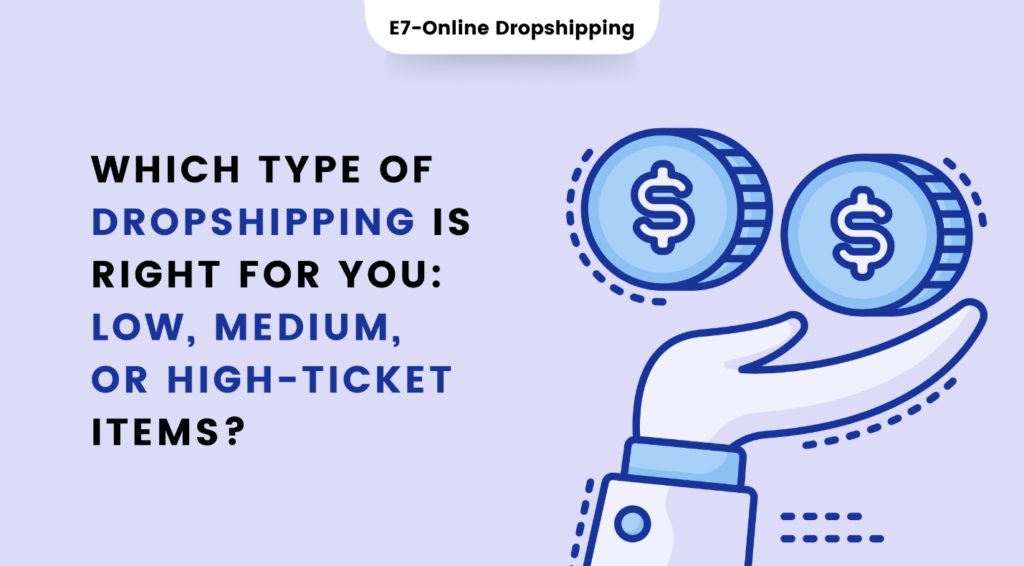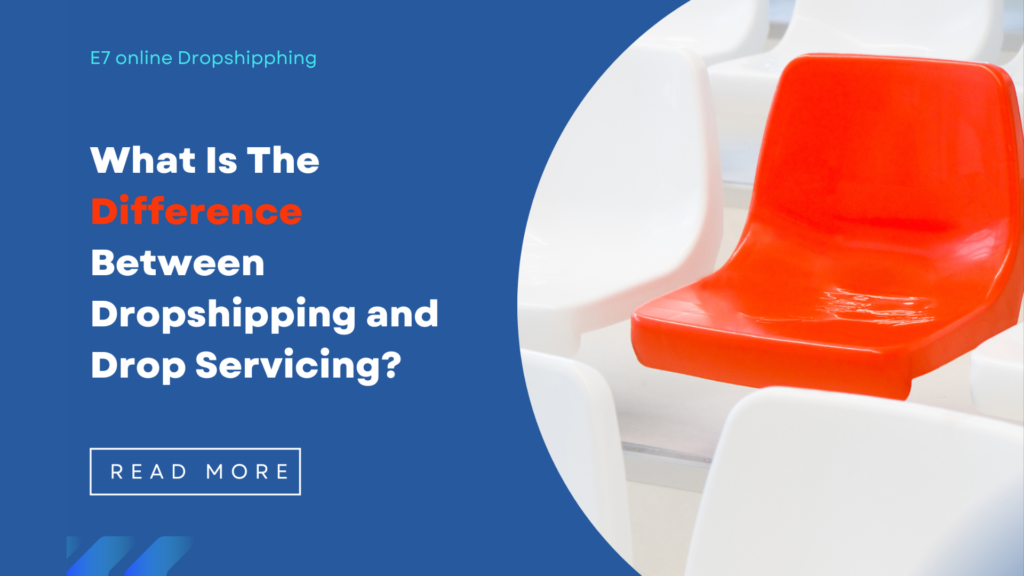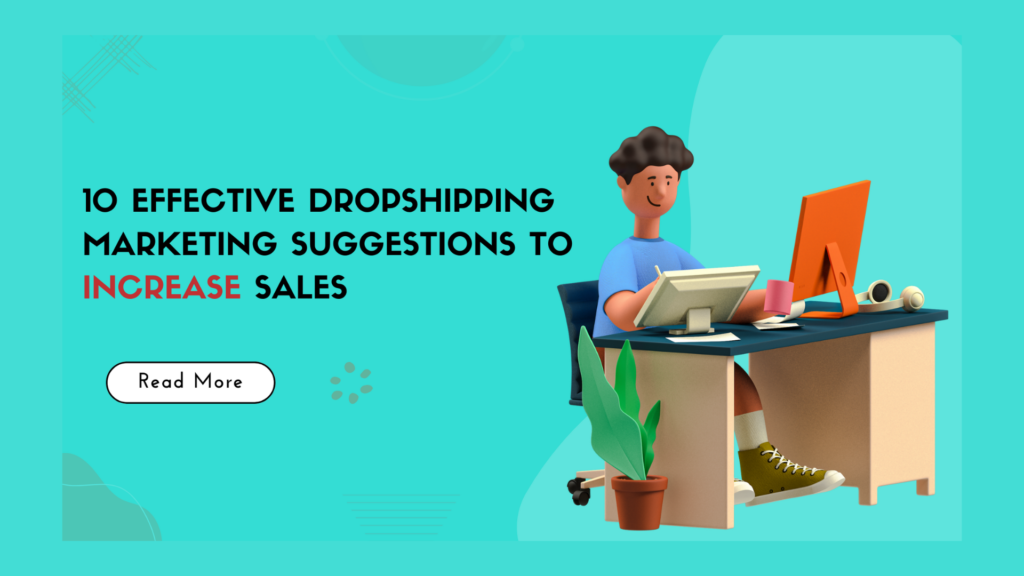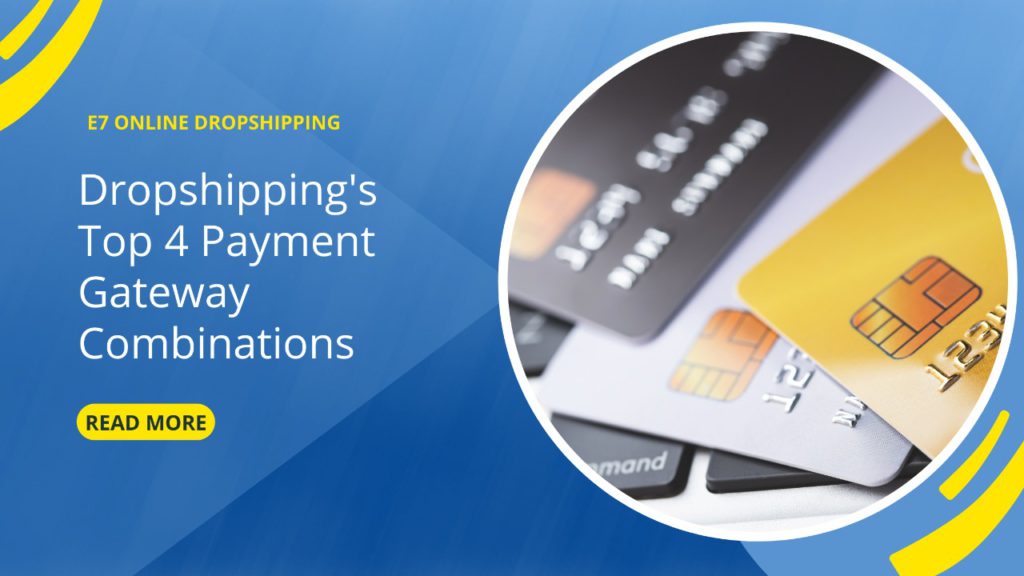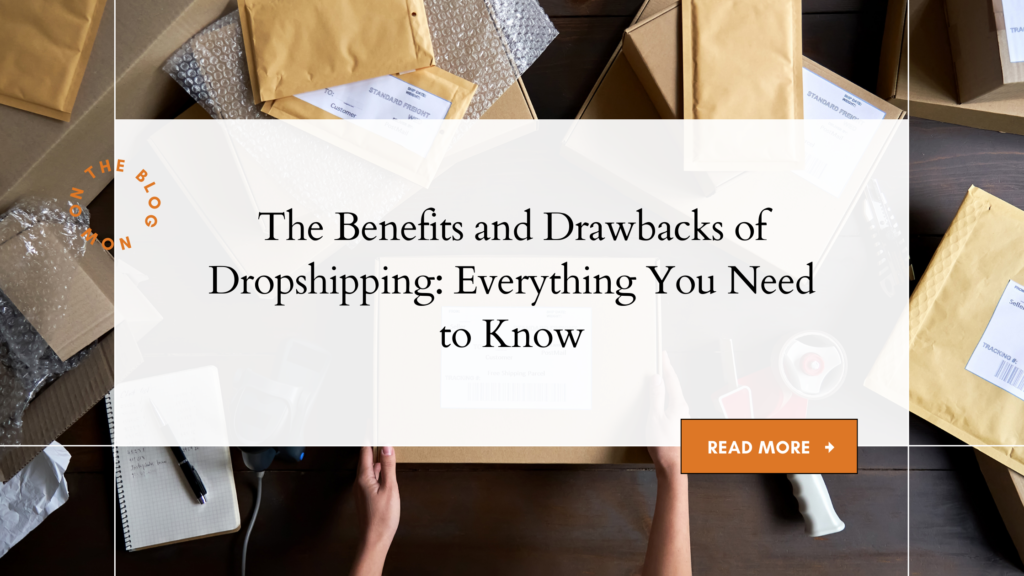Which Type of Dropshipping Is Right for You: Low, Medium, or High-Ticket Items?
Do you want to start dropshipping but aren\’t sure whether to go low-ticket, medium-ticket, or high-ticket? This article will assist in answering that question.
When it comes to dropshipping, low-ticket, medium-ticket, and high-ticket dropshipping relate to three separate product categories, each with their own set of advantages and disadvantages.
Low-ticket things are priced lower than medium- or high-ticket items, making them vulnerable to \”impulse purchases\” from you.
Medium-priced items fall somewhere in the center. They represent a class of products that are more expensive than low-ticket items but less expensive than high-ticket items. These provide an excellent balance because buyers will buy them without hesitation because of the pricing.
High-ticket items include those in the most expensive dropshipping categories, such as 3D printers, robots, or full-sized beds.
So, which type of dropshipping will work best for you?
Let us investigate!
Should you dropship low-ticket, medium-ticket, or high-ticket items?
Low- and high-ticket products have definite advantages and disadvantages, whereas medium-ticket products are a bit of a hybrid of the two.
So, which one should you go with?
We recommend that beginners start with low- or medium-ticket items. These are easy to obtain from suppliers, sell to clients, and will allow you to learn dropshipping without causing major issues if you make a mistake.
High-ticket dropshipping can be a terrific method for more experienced dropshippers to enter a lower-competition industry, enhance profit per unit sold, and eventually develop an online brand.
A Quick Overview of Low-Cost Dropshipping
Let\’s begin with a primer on low-ticket dropshipping. In the next sections, we will define a low-ticket dropshipping product (including examples).
What exactly is a low-cost dropshipping product?
A low-ticket dropshipping product is the most affordable type of dropshipping product.
There is no official definition of when a product falls into the low-ticket category, but we will use a price range of $0 to $10 as our guide. This means that for a low-ticket dropshipping goods, a dropshipping supplier will charge somewhere between $0 and $10.
When you consider the price you pay for low-ticket items, they are frequently modest and basic. Small electrical devices, pocket tools, and simple toys are frequently seen in low-ticket dropshipping products.
Diffuser for essential oils
This oil diffuser in the image below is an example of a low-cost product. Despite the attractive matte finish and the ambient lighting strips, it costs only $8, including shipping, on AliExpress.
Bottle of water with pillbox
Another low-ticket dropshipping product is the one pictured below, which combines a water bottle and a 7-day pillbox. It\’s ideal for a traveler who needs to take medication on a regular basis. But the best part is that it only costs roughly $7 on AliExpress!
Cat toy with floppy fish
The floppy fish toy is another low-cost item that can keep your cat entertained for hours! This item is available on AliExpress for $9, including delivery from the United States.
Advantages of low-cost dropshipping items
The simplest product to sell. Low-ticket goods sales are primarily based on impulse purchases. When purchasing a simple product such as a water bottle, buyers do not give much thought to their choice. In most situations, they also do not look for better options, which results in a higher conversion rate for you.
There were no shipping issues. Low-cost dropshipping products are frequently inexpensive, simple, and small. As a result, they are simple and inexpensive to send!
If you enjoy Facebook Ads or influencer marketing, this is a good alternative. Because low-ticket products are susceptible to impulse purchases, Facebook Ads and influencer marketing perform well as low-ticket product marketing techniques.
The disadvantages of low-cost dropshipping products
There is a lot of rivalry and imitators. Starting a low-ticket dropshipping business has a low entry hurdle. You don\’t need such a large budget, and there are numerous vendors available. The disadvantage of this is that you will face a lot of competition. And if others notice your success, they will just replicate your store!
Profit per unit sold is low. Because low-ticket items are frequently little and simple, you cannot charge that much for them in your business. Each sale will most likely net you merely a couple of bucks. As a result, you\’ll need a large number of consumers to generate a sizable monthly profit.
Customer service may be required in large quantities. When handling low-ticket dropshipping, you will most likely be dealing with a large number of orders, which increases the likelihood of problems developing. More individuals will write you regarding delivery times, missing orders, and so on.
What exactly is a medium-priced dropshipping product?
A medium-ticket dropshipping goods falls under the \”average\” pricing group. A medium-priced goods can be purchased from a dropshipping source for between $10 and $30.
These price ranges, like those for low-ticket items, are not set in stone. We selected them ourselves, and others may use somewhat different ranges.
Nonetheless, medium-ticket dropshipping products are more expensive than low-ticket products and less expensive than high-ticket products.
Medium-ticket items are more sophisticated or of higher quality than low-ticket items, but not as complicated or large as high-ticket items.
Advantages of medium-priced dropshipping items
The benefit of medium-ticket dropshipping products is that they provide a decent mix between low- and high-ticket items.
Medium-ticket items can still be purchased impulsively, and shoppers will rarely compare your store to competitors, making them reasonably straightforward to sell.
They also have higher profit margins than low-ticket items, which is typically attributable to their perceived value.
The entry hurdle is low because you will be able to employ typical dropshipping providers for medium-ticket items.
Finally, medium-ticket items are frequently quite straightforward to ship, which means you won\’t have to deal with any of the shipping issues that come with high-ticket items!
The disadvantages of medium-priced dropshipping items
Medium-priced dropshipping products are a jack of all trades and a master of none.
As a result, because medium-ticket items are more expensive, they are more difficult to sell than low-ticket items. Meanwhile, they do not disclose the profit per unit sales of high-ticket items!
A Quick Overview of High-Ticket Dropshipping
Finally, we\’ve reached the overview of high-ticket dropshipping.
In the sections that follow, we will quickly explain what a high-ticket dropshipping product is (with examples) and show you the benefits and drawbacks of high-ticket dropshipping.
What is a high-ticket dropshipping item, exactly?
A high-ticket dropshipping product is one that is more expensive than a low-ticket or medium-ticket dropshipping product.
We defined a high-ticket item as one that costs at least $30 to buy from your supplier, but high-ticket items costing more than $500 are fairly uncommon.
Advantages of high-priced dropshipping items
A bigger profit on each item sold. Because high-ticket dropshipping includes selling expensive things, the potential profits for each transaction are significantly higher. Consider the SUP board product sample shown above. The gap between the listing and retail prices is more than $200!
There is less competition. When opposed to conventional dropshipping, relatively few people engage in high-ticket dropshipping. This implies you won\’t have as much competition when high-ticket dropshipping, but keep in mind that making a sale with a high-ticket dropshipping store is difficult, which is one of the drawbacks of this dropshipping strategy.
Orders are more manageable. High-ticket dropshipping stores receive fewer orders than normal dropshipping stores. As a result, tracking purchases is easier to manage, and you may experience fewer customer support inquiries.
If you enjoy Google Ads and SEO, this is a good option. Dropshipping stores that sell high-ticket items do not rely on impulse purchases. Instead, they want to reach out to people who are actively looking for their goods. Google Ads and SEO are excellent marketing tools for this!
The disadvantages of high-priced dropshipping items
Larger pricing translate into higher expectations. Selling a high-ticket item is more difficult than selling a regular item. Customers will have high expectations of your store and goods, making it less user-friendly for beginners. As purchasers frequently compare you to other stores, you will need a robust sales funnel and a properly designed website.
Higher entrance barriers. Don\’t expect to set up a few easy Facebook Ads and have people buy your high-ticket item within a few hours. If you want to establish a high-ticket dropshipping store, you\’ll need manufacturer alliances, a detailed marketing plan, and a registered company.
Larger setbacks result from refunds or returns. A refund is unfortunate when doing regular dropshipping, but it is not a deal breaker for your business. This can be a different story for a high-ticket dropshipping business. For example, if a consumer wishes to return their SUP board, you could lose more than $200.
More difficult when it comes to shipping. Because they are enormous and expensive, high-ticket items are typically more difficult to ship. As a result, you may need to start dealing with shipping insurance, customs, and taxes.
